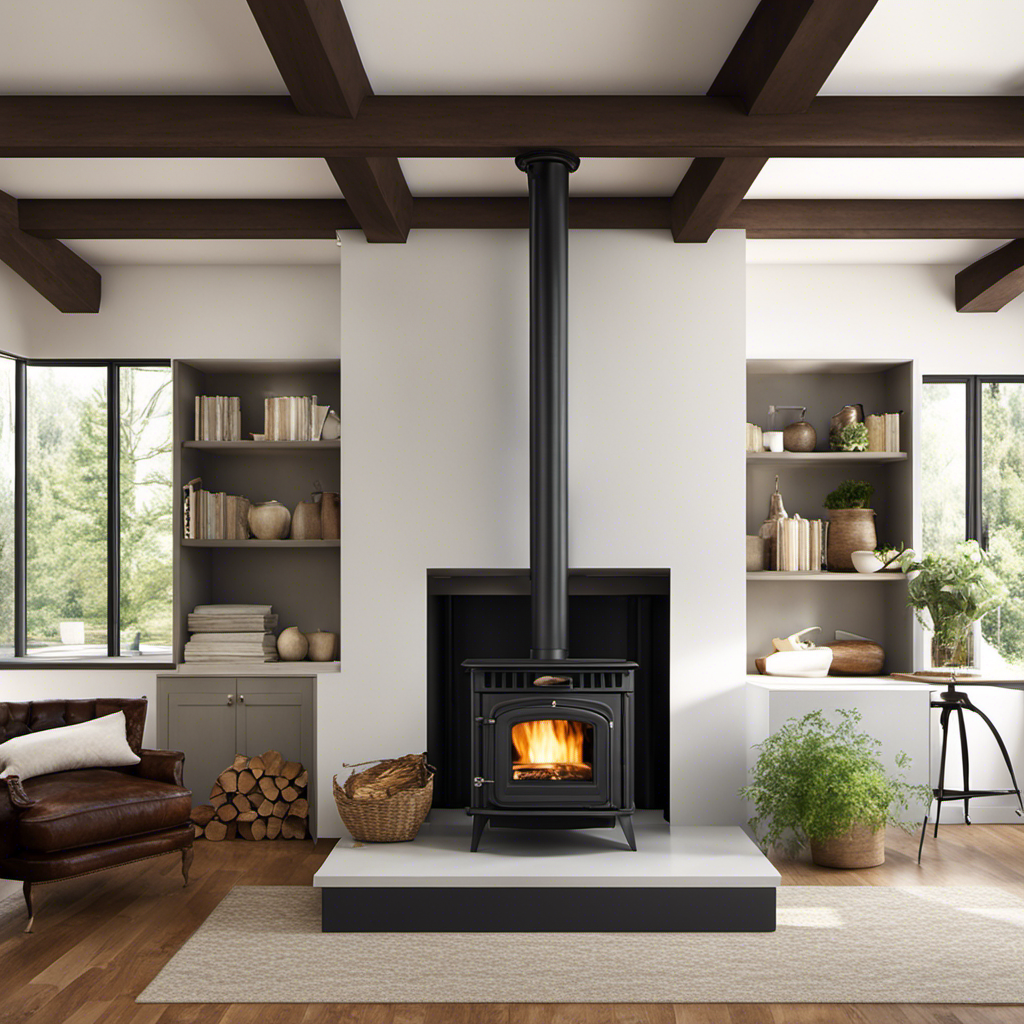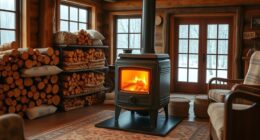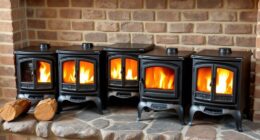I’ve always cherished the cozy warmth of a crackling fire in the fireplace on a cold winter night. Because of this, I decided to take matters into my own hands and build a wood stove on my own.
In this article, I’ll guide you through the process, step by step. From gathering the materials and tools to designing and constructing the firebox and stove body, to installing the chimney and flue.
Get ready to create your very own source of heat and comfort. Let’s get started!
Key Takeaways
- Gather suitable materials and tools, such as a clean metal container and necessary tools for construction.
- Design the wood stove with considerations for airflow, insulation, ventilation, and heat protection.
- Construct the firebox using heat-resistant and durable materials, incorporating insulation and proper ventilation.
- Build the stove body using metal sheets and fire-resistant insulation, and choose the right wood fuel for cleaner burning.
Gathering Materials and Tools
I need to gather all the necessary materials and tools before I can start building my own wood stove. Sourcing materials is an important step in this process.

I’ll need to find a suitable metal container that can handle high temperatures, such as an old propane tank or a steel drum. It’s crucial to ensure that the container is clean and free from any residues.
Additionally, I’ll need firebricks to line the inside of the stove, as they can withstand extreme heat.
As for selecting tools, I’ll need a grinder to cut the metal, a drill to create ventilation holes, and welding equipment to secure the pieces together. Safety goggles and gloves are also essential to protect myself during the construction process.
Designing Your Wood Stove
To ensure optimal efficiency, it’s important to consider airflow and insulation when designing your wood stove. Proper airflow helps to maintain a clean burn and prevent the buildup of harmful gases. Insulation, on the other hand, helps to retain heat and increase the stove’s efficiency. When designing your wood stove, make sure to incorporate features that promote both of these aspects.
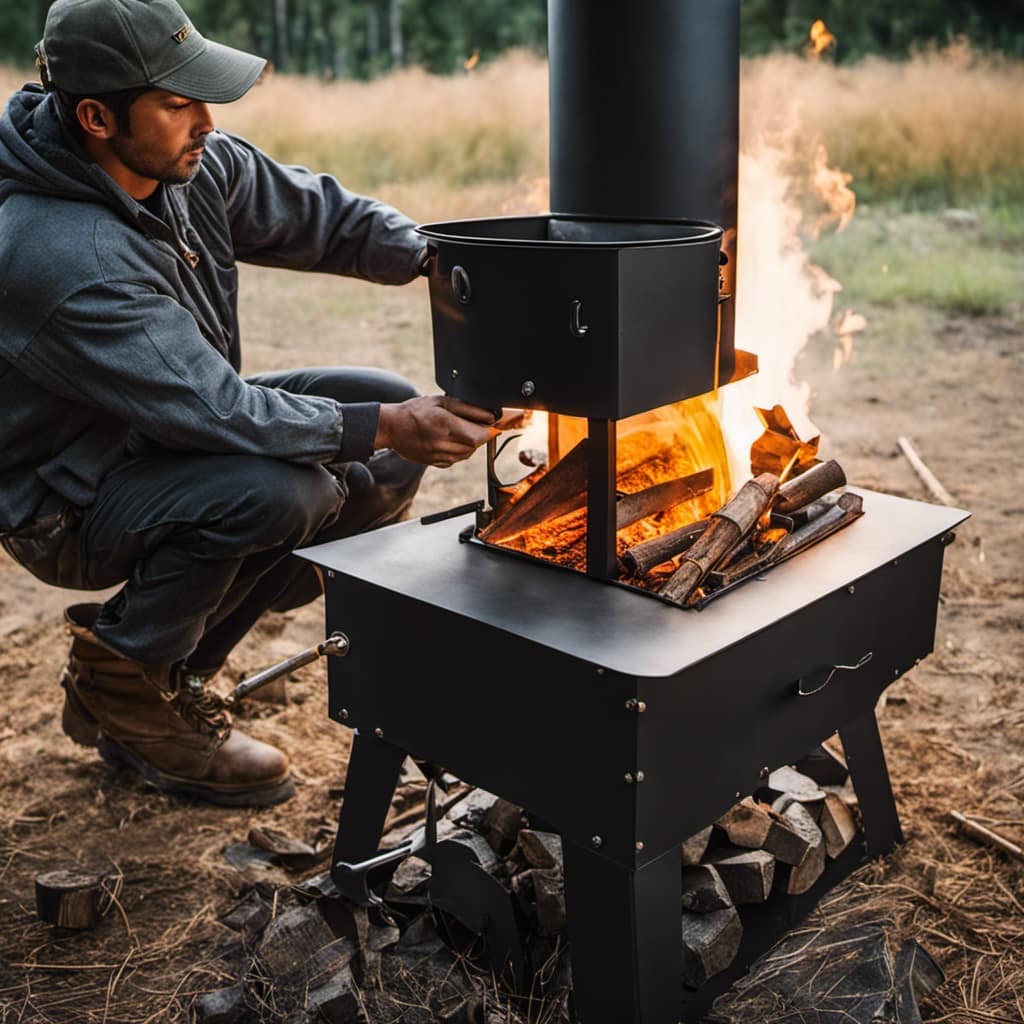
Wood stove safety is also a crucial consideration. It’s important to have proper ventilation in place to prevent the accumulation of carbon monoxide. Additionally, installing a heat shield behind the stove can protect nearby combustible materials from excessive heat.
Choosing the right wood fuel is another important factor to consider. Hardwoods such as oak and maple burn longer and produce more heat compared to softwoods like pine. It’s recommended to use seasoned firewood, as it burns cleaner and produces less smoke.
In the next section, we’ll discuss the important steps in constructing the firebox of your wood stove.
Constructing the Firebox
When constructing the firebox, I need to ensure that the materials used are heat-resistant and durable.
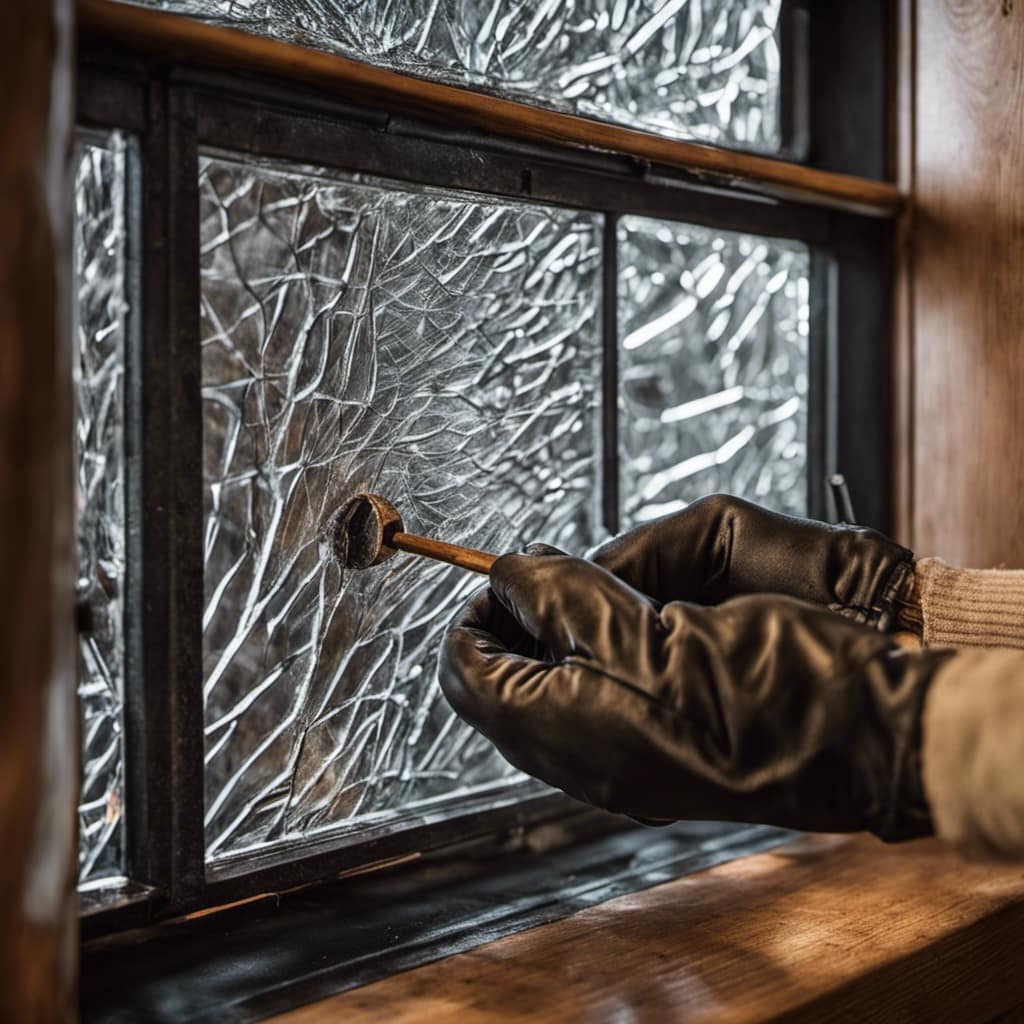
Wood stove insulation is an essential component of the firebox, as it helps to retain heat and prevent the escape of hot gases. It’s important to choose insulation materials that have a high melting point and can withstand the intense heat generated by the fire. Some commonly used insulation materials include ceramic fiber, vermiculite, and refractory bricks.
Additionally, firebox safety measures should be taken into consideration during the construction process. These can include installing a fireproof lining, ensuring proper ventilation, and using fire-resistant caulking to seal any gaps or joints.
:Are DIY Wood Stoves Safe and Effective for Heating?
If you’re considering making your own DIY wood stove, safety is a major concern. However, with proper research and following a cheap wood stove tutorial, it can be both safe and effective for heating. Just make sure to follow all safety guidelines and building regulations to avoid any potential hazards.
Building the Stove Body
After constructing the firebox, I can now move on to building the stove body using metal sheets and welding them together. This is a crucial step in the process of making my own wood stove. To ensure proper insulation of the stove body, I’ll use a layer of fire-resistant insulation material between the metal sheets. This will help retain heat and improve the stove’s efficiency.
When it comes to choosing the right wood for burning, there are a few factors to consider. Firstly, hardwoods like oak, maple, and ash are ideal as they burn longer and produce more heat compared to softwoods. Secondly, it’s important to use well-seasoned wood with a moisture content of around 20%. Burning wet or green wood can lead to poor combustion, excessive smoke, and creosote buildup.
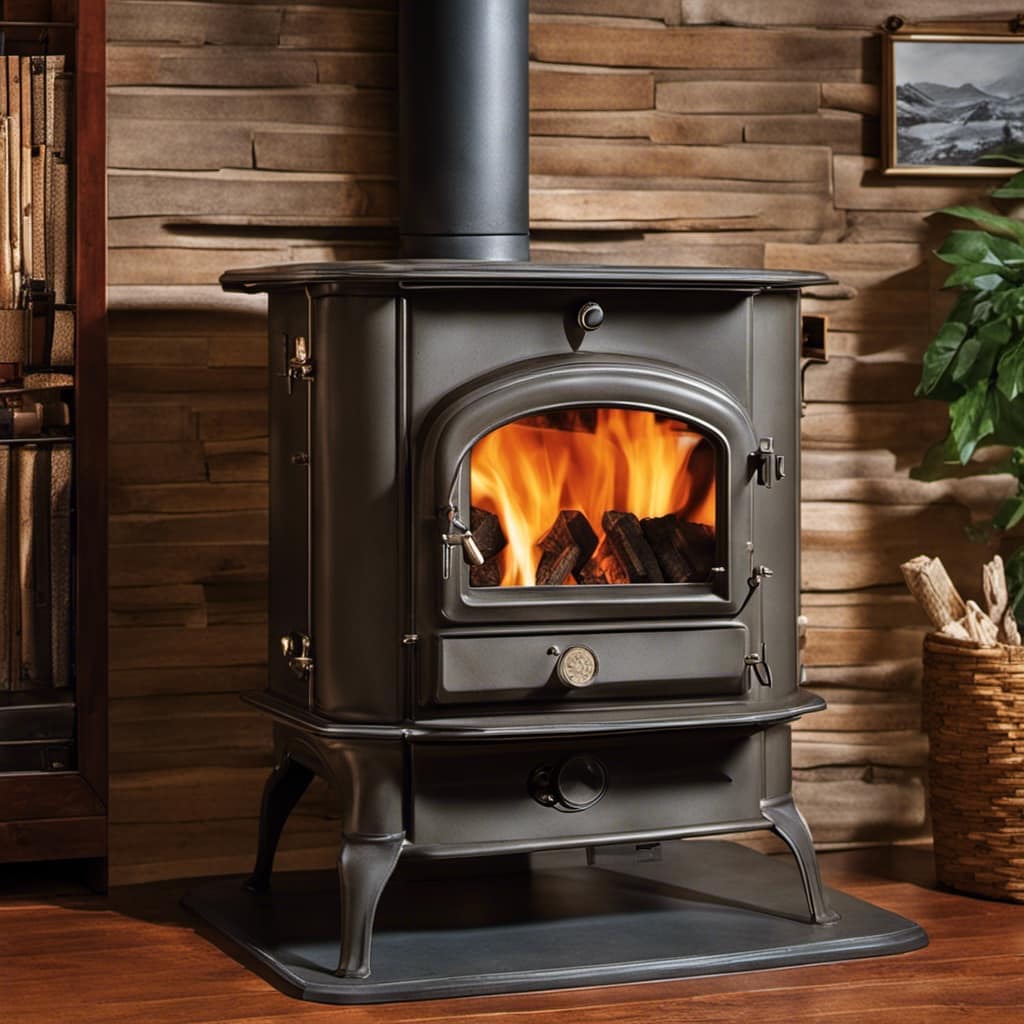
Lastly, it’s advisable to avoid using treated or painted wood, as the chemicals can release toxic fumes when burned. By following these guidelines, I can ensure a safe and efficient wood-burning experience with my homemade stove.
Installing the Chimney and Flue
I will now begin installing the chimney and flue, so that I can safely vent the smoke and gases produced by my wood stove.
When it comes to choosing the right chimney size, there are a few factors to consider. The size of your stove, the height of your roof, and the local building codes all play a role in determining the proper size. It’s important to ensure that the chimney is able to effectively remove the combustion byproducts from your home.
Proper ventilation for wood stoves is crucial for both safety and efficiency. The flue should be installed with a slight upward slope to allow for optimal airflow. Additionally, it’s important to have a damper or draft regulator to control the rate of combustion and prevent excessive heat loss through the chimney.
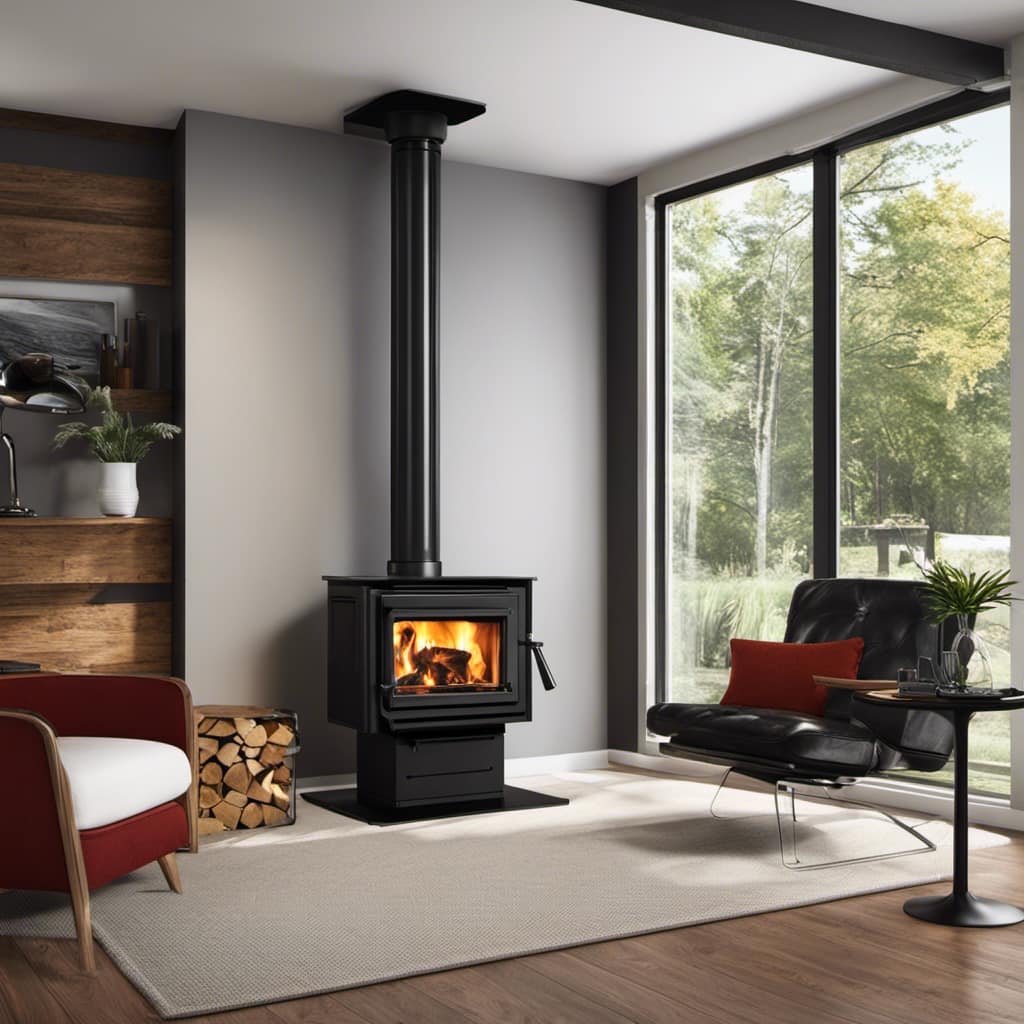
Conclusion
After gathering the materials and tools, designing and constructing your wood stove, and installing the chimney and flue, you’ll be ready to enjoy the warmth and coziness it brings.
Picture this – on a cold winter night, as you gather around the crackling fire, the scent of burning wood fills the air, creating a sense of comfort and relaxation.
With your own homemade wood stove, you’ll have the satisfaction of knowing that you not only built something practical, but also created a gathering place for cherished memories.
Growing up surrounded by the vast beauty of nature, Sierra was always drawn to the call of the wild. While others sought the comfort of the familiar, she ventured out, embracing the unpredictable and finding stories in the heartbeat of nature.
At the epicenter of every remarkable venture lies a dynamic team—a fusion of diverse talents, visions, and passions. The essence of Best Small Wood Stoves is crafted and refined by such a trio: Sierra, Logan, and Terra. Their collective expertise has transformed the platform into a leading authority on small wood stoves, radiating warmth and knowledge in equal measure.







